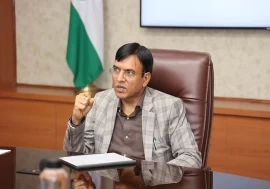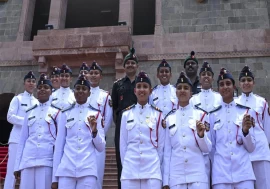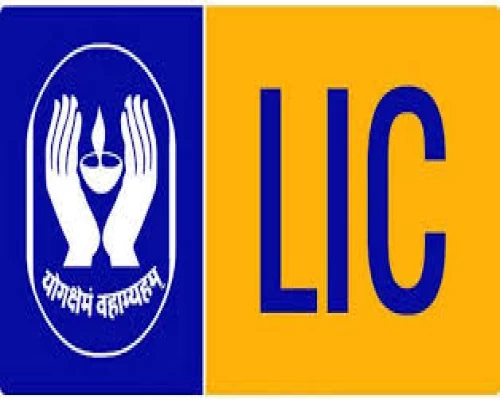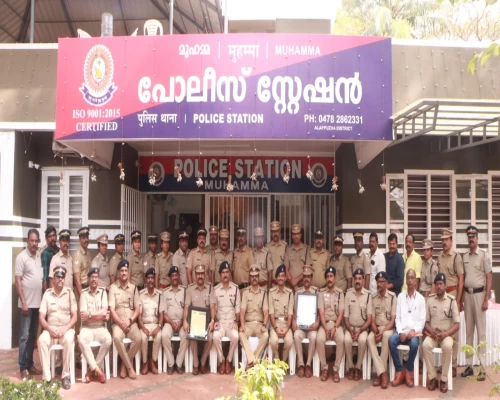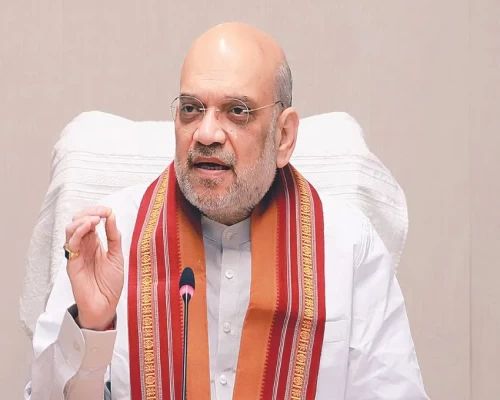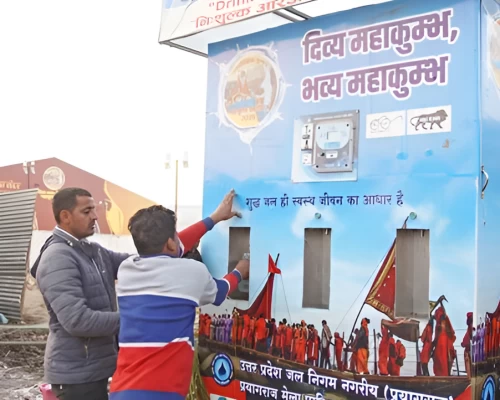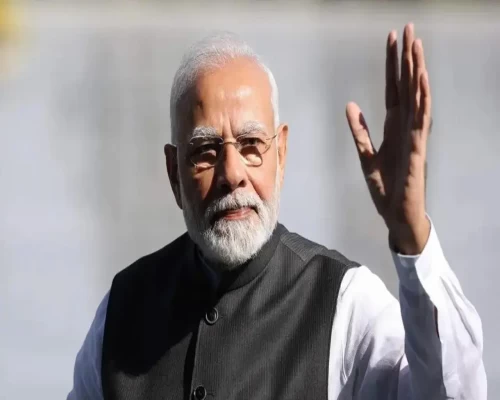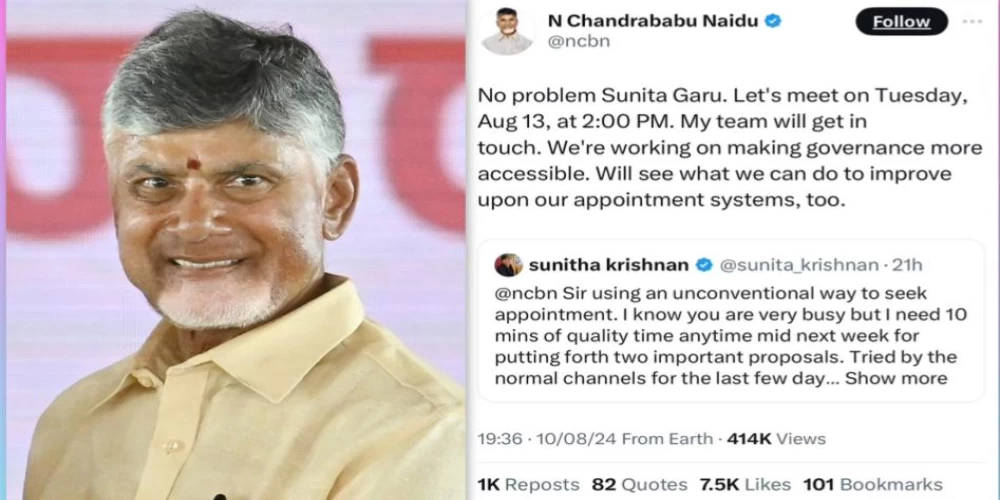
New Delhi: In a remarkable display of transparency and responsiveness, Andhra Pradesh Chief Minister N. Chandrababu Naidu exemplified good governance when he swiftly responded to a public tweet by Sunitha Krishnan, a Padma Shri awardee and a renowned crusader against sex trafficking. On August 10, Krishnan took to X (formerly Twitter) to seek an appointment with the CM after facing difficulties through traditional channels, and her tweet was met with a surprisingly prompt and positive response from Naidu himself. This exchange is not just a narrative of effective communication but a case study in the power of social media to streamline bureaucratic processes and foster trust between the government and its citizens.
The X factor
Sunitha Krishnan’s request, posted around 3:40 pm on August 10, was a direct yet respectful plea to the Chief Minister: "@ncbn Sir using an unconventional way to seek appointment. I know you are very busy but I need 10 mins of quality time anytime mid next week for putting forth two important proposals. Tried by the normal channels for the last few days but not very successful. My apologies for using this path."
In an era where people often feel unheard by those in power, Krishnan’s tweet resonated with many who have experienced similar frustrations. Her message, while highlighting her need to bypass conventional channels, also highlighted a broader issue: the sometimes sluggish nature of bureaucratic processes. What happened next, however, was not just unexpected but also a powerful demonstration of the positive impact that transparency and accessibility in governance can have.
And the Y(es) factor
Within four hours, at 7:36 pm, Chief Minister Naidu responded: "No problem Sunitha Garu. Let's meet on Tuesday, Aug 13, at 2:00 PM. My team will get in touch. We're working on making governance more accessible. Will see what we can do to improve upon our appointment systems, too."
This quick and public response did more than just confirm an appointment; it sent a clear message about the CM's commitment to making governance more accessible and efficient. The fact that this exchange happened in the public domain, visible to all, further amplified its impact. It showed that the CM’s office is not just listening but is also actively engaged in addressing concerns in real-time, reflecting a willingness to adapt and improve the existing systems.
Good governance in action
This interaction between Krishnan and Naidu encapsulates a key tenet of good governance: responsiveness. In an age where digital communication is increasingly becoming the norm, the ability of public officials to engage directly with citizens through platforms like X is vital. It breaks down barriers, encourages transparency, and ensures that governance is not only for the people but also with the people.
Moreover, Naidu’s acknowledgment of the need to improve appointment systems is a subtle yet powerful nudge to the bureaucracy to be more efficient and responsive. It highlights the importance of having systems in place that are not just functional but also user-friendly, ensuring that citizens, regardless of their status, can access their leaders and have their concerns addressed.
A lesson in bureaucratic efficiency
The Chief Minister's response also serves as a lesson in the importance of streamlining bureaucratic processes. Traditional channels often involve multiple layers of approval and can be time-consuming, leading to frustration and delays. By contrast, the use of social media for direct communication can cut through red tape and expedite processes. This does not mean bypassing established systems but rather making them more agile and responsive to the needs of the people.
In a broader context, this incident can serve as an inspiration for other government officials and departments. It shows how embracing technology and being responsive to the public can enhance the efficiency of governance and build trust. When people see that their leaders are accessible and willing to engage directly, it fosters a sense of confidence in the government’s ability to address their concerns.
A model for modern governance
The interaction between Sunitha Krishnan and N. Chandrababu Naidu is a textbook example of how modern governance can and should function. It reflects a commitment to transparency, accessibility, and efficiency - qualities that are essential for building a government that is truly by the people and for the people. As India continues to evolve, the lessons from this interaction will hopefully inspire more leaders to embrace similar approaches, ensuring that the government remains in tune with the needs and concerns of its citizens.
Naidu’s swift and transparent response also serves as a reminder of why he is hailed as one of the most prolific architects of the IT revolution in India. His early initiatives in promoting information technology in Andhra Pradesh not only transformed the state into a tech hub but also laid the groundwork for a more connected and responsive governance model. By leveraging technology to break down barriers and make governance more accessible, Naidu continues to lead by example, showing that the principles of good governance are not just theoretical but can be effectively implemented in real-world scenarios.
His response to Krishnan’s tweet is more than just a timely interaction; it’s a reiteration of his ongoing commitment to ensuring that the advancements in IT are used to benefit the common man. It exemplifies how modern technology, when integrated into governance, can make systems more transparent, efficient, and inclusive.


